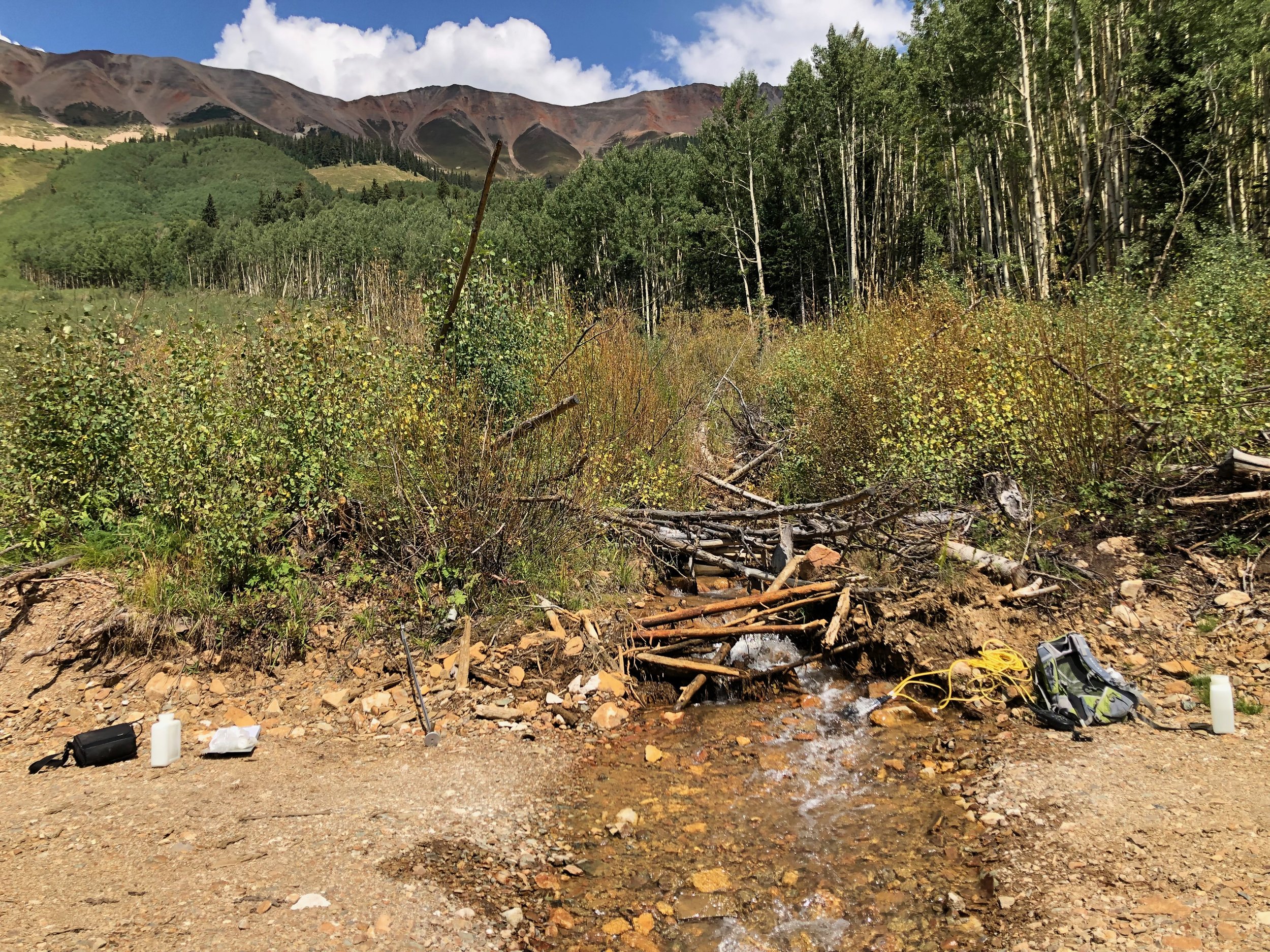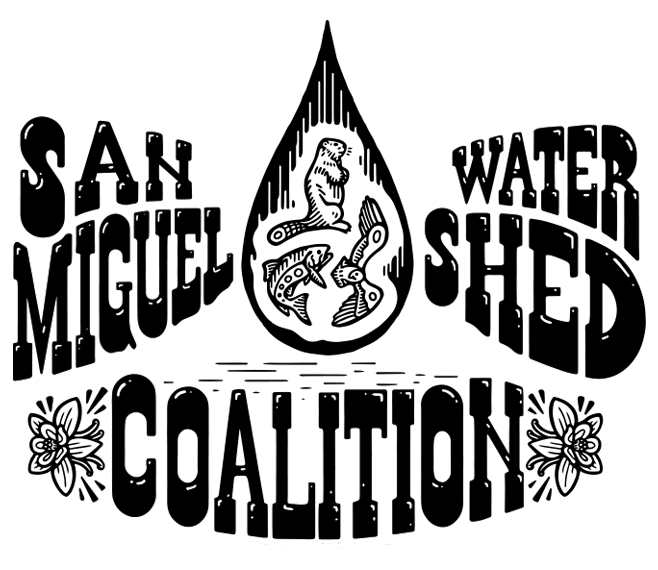
Curious about local water quality? Check in real time using the tools below.
Water Quality Regulations
Water quality regulations in Colorado are developed by CDPHE’s Division of Water Quality Control (Division) directed by the Colorado Water Quality Control act. The Division develops numerical standards for water bodies across the state. The San Miguel Watershed Coalition monitors water quality across the San Miguel Basin. These data are reported to CDPHE and the EPA and shared publicly using the Colorado Data Sharing Network (CDSN). The Coalition completes an analysis of water quality in the basin on the tri-annual data calls developed by the Division. The Division updates water quality standards based on these data calls.
Colorado Water Quality Control Act
Regulation 31: The Basic Standards and Methodologies for Surface Water
This regulation establishing basic standards and an antidegradation rule and implementation process and establishing a system for classifying state surface waters, for assigning standards, and for granting temporary modifications is the foundation for the classification of the state surface waters of Colorado, as prescribed by the Colorado Water Quality Control Act.
Regulation 35: Classifications and Numeric Standards for Gunnison and Lower Dolores River Basins
This regulation governs metals and nutrients standards in surface water quality in the San Miguel Basin.
Regulation 85: Nutrients Management Control Regulation
This regulation governs statewide nutrients standards in surface water from nonpoint and point sources of pollution.
Regulation 93: 303(d) List of Water-Quality-Limited Segments Requiring TMDLs
The 303(d) List of Water-Quality-Limited Segments Requiring TMDLs (Total Maximum Daily Limits) — 303(d) List and Colorado’s Monitoring and Evaluation List (M&E List) are included in Regulation 93.
This list fulfills Section 303(d) of the federal Clean Water Act, which requires states to submit to the U.S. Environmental Protection Agency (EPA) a list of waters for which technology-based effluent limitations and other required controls aren’t stringent enough to implement water quality standards.
